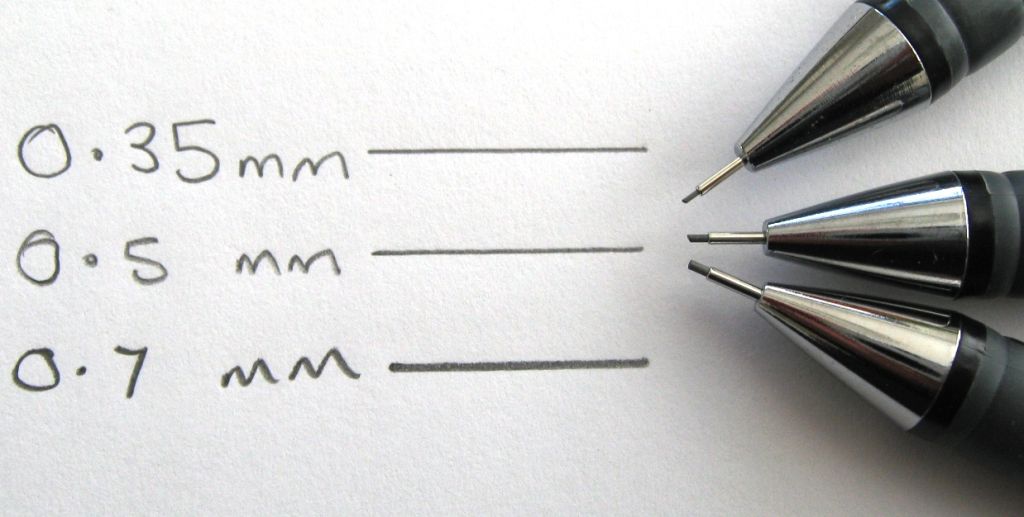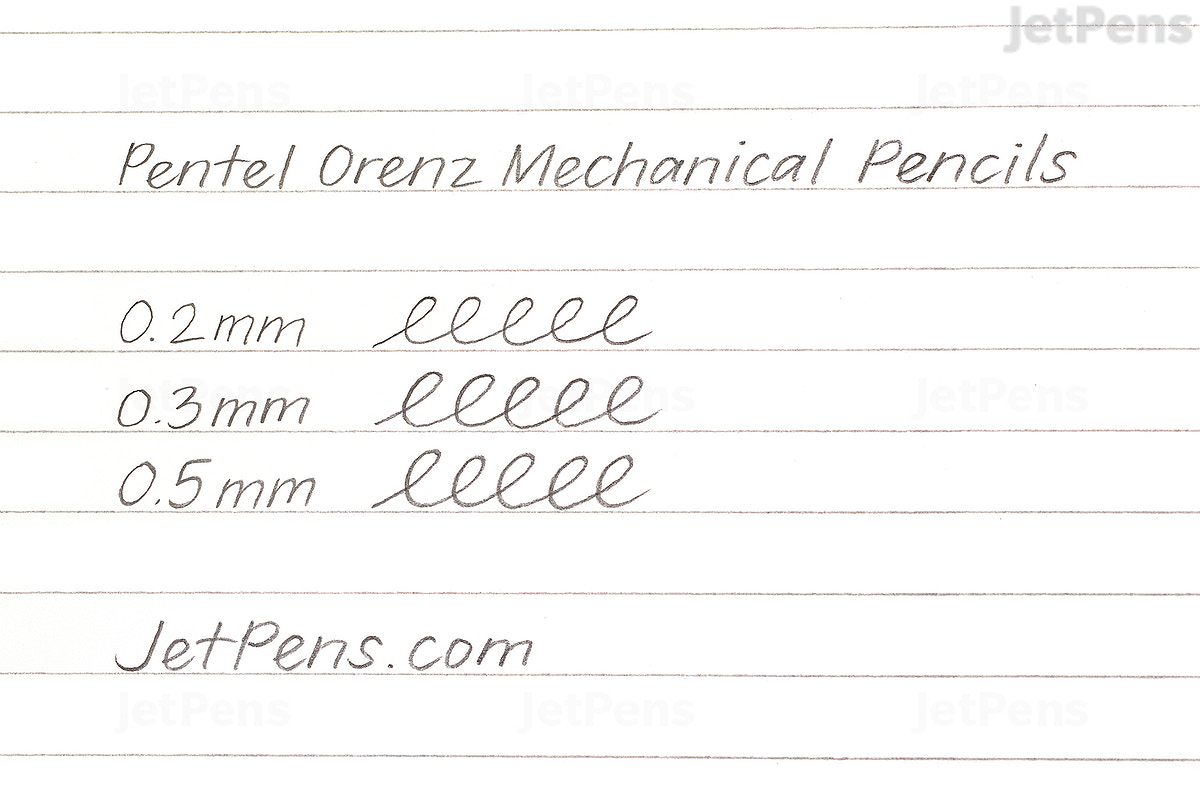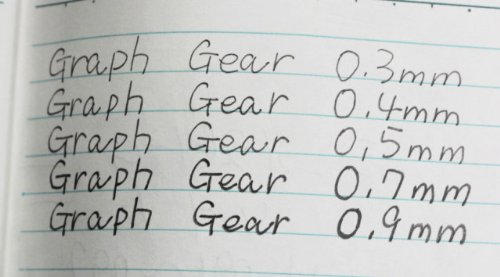Unlike my personal website where I publish pages that are really in progress — with TODOs floating around, fragmentary thoughts, and much unpolish — any given in progress page on this ministry website is really only in progress insofar as I have not finished writing all the content that I expect to be eventually located on the page. That is to say, everything that is published on the page is already complete, edited, and checked-over for accuracy and correctness, but there is still more planned writing on the page to be completed.
I'm an outliner when I write, so how this plays out in practice is that I will fill in the outline skeleton (as displayed in the table of contents) with content over time, until the whole page is eventually complete.
Lead Grade
- Higher softness is better: darker line, writes more smoothly, takes less pressure to deposit graphite on the page. Disadvantages: Smudges easier (especially bad if you’re a lefty)
- Lead comparison: https://www.youtube.com/watch?v=73gZFjIAHtw
Lead Width
While it is true that wider leads are smoother (ever try pushing a needle across a piece of paper?), if we posit that lead softness is the main determiner of smoothness, then the net effect is probably small enough that advantages of thinner lead should not be sacrificed for very marginal gains in smoothness -> the lead width should be as large as possible while taking into account the following considerations:
- Smaller lead width is better in terms of darkness: the same amount of pressure over a smaller area will lead to a greater force, and more graphite on the page. Because anything under 2B is dark without very much force, I don’t believe this is a factor of much importance for everyday usability (but obviously darker is still better).
- Thin lead enables much smaller handwriting, saving graphite in the long run, and reducing travel distance
- Thin lead can do more detailed work for technical drawing and sketching (greater flexibility)
- Some people feel that writing with thin lead looks “more precise” and “cleaner”. (Others disagree, of course).
If you never need to write smaller or do technical work past a certain level of precision, additional decreases in width become unnecessary and the smoothness for general writing is more important. For most people, either 0.5mm and 0.7mm should give you best results. (For me, 0.5mm is best since it is the broadest width that gives me an acceptable level of precision for my handwriting size and use cases). Certain folks may find the precision of 0.3mm (or even 0.2mm) useful.
- Important to note that 4B lead is currently only available in 0.5mm, so folks who think 0.7mm would work better for them theoretically should probably still opt for 0.5mm at this time because the softer lead grade determines smoothness more than lead width.
Sizing Comparisons: 0.3mm to 0.9mm
The visuals below are helpful (the photos aren’t mine: just linked – follow the links for proper credit). You can find a reasonable introduction to lead sizes here.

Figure 1: A comparison of 0.35mm, 0.5mm, and 0.7mm lead. Picture courtesy of Dave’s Mechanical Pencils.

Figure 2: A comparison of some small lead sizes. Picture courtesy of JetPens.

Figure 3: A comparison of commonly used lead sizes. Picture courtesy of Amazon.